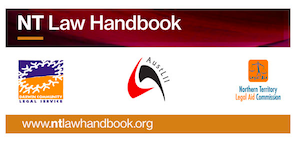-- JonathanMo - 14 Sep 2015
Australia's international obligations on trade mark protection
The fundamental principle of trade mark protection provided by the World Trade Organisation's TRIPS Agreement is that any sign, or any combination of signs, capable of distinguishing the goods and services of one undertaking from those of other undertakings, must be eligible for registration as a trade mark, provided that it is visually perceptible. Such signs may take the form of particular words, including personal names, letters, numerals, figurative elements and combinations of colours as well as any combination thereof. Where signs are not inherently capable of distinguishing the relevant goods or services, members are allowed to require, as an additional condition for eligibility for registration as a trade mark, that distinctiveness be acquired through use. Members are free to determine whether to allow the registration of signs that are not visually perceptible, such as sounds or smells. The owner of a registered trade mark must be granted the exclusive right to prevent all third parties not having the owner's consent from using in the course of trade identical or similar signs for goods or services which are identical or similar to those in respect of which the trade mark is registered, where such use would result in a likelihood of confusion. In case of the use of an identical sign for identical goods or services, a likelihood of confusion must be presumed. TRIPS requires WTO member states to prohibit the registration or use of a mark which is confusingly similar to a well-known mark that is either already registered or in use for identical or similar goods or services. It extends this prohibition to marks for goods and services which are not similar to goods and services for which a well-known trade mark is used or registered if their use would indicate a connection between those goods or services and those of the owner of the well known mark, to the detriment of the owner's interests. The current trade mark law in Australia is the Trade Marks Act 1995 (TMA), which commenced operation on 1 January 1996. It incorporates Australia's obligations under the WTO TRIPS Agreement. The TMA replaced the earlier trade mark law of 1955, although some of the provisions of that earlier law continue to apply to certain matters that were being dealt under it immediately before its repeal. The TMA has been further amended on a number of occasions, recently to take account of provisions relating to trade marks arising from the US-Australia Free Trade Agreement of 2004. Copyright © by the contributing authors. All material on this collaboration platform is the property of the contributing authors.
Copyright © by the contributing authors. All material on this collaboration platform is the property of the contributing authors. Ideas, requests, problems regarding AustLII Communities? Send feedback
This website is using cookies. More info.
That's Fine

